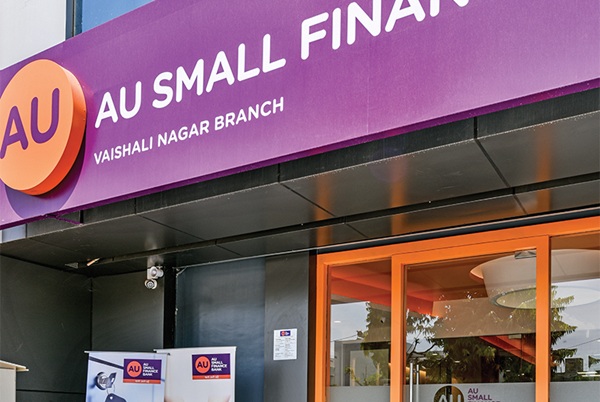.png)
Risk-Based Premiums Must Lead to Higher Bank Deposit Insurance Coverage
RBI’s move to risk-based deposit insurance aligns premiums with bank risk, rewarding good banks and enabling higher protection for depositors.

By Mint Owl
Mint Owl tracks markets and policy with a steady eye, offering clear analysis on the choices shaping India’s economy and financial system.
October 3, 2025 at 6:18 AM IST
The Reserve Bank of India has finally bitten the bullet and announced risk-based premiums on deposit insurance of banks. Even though the move is at the draft stage, it is a welcome signal that the central bank is serious this time. Governor Sanjay Malhotra’s comments leave little doubt—this is not another committee exercise destined to gather dust.
For too long, Indian banks have paid a flat rate of 12 paise per ₹100 of assessable deposits, regardless of size or risk. A branch in a small town paid the same as the State Bank of India. In practice, the giants were quietly subsidising the small, while the moral hazard of risky behaviour persisted. Large bank failures are a rarity—none have toppled since the Central Palai Bank in the 1960s—but the system implicitly encouraged weaker institutions to take risks with depositor funds.
Differential premiums change that equation. Banks that are well-managed and financially sound pay less, while those with weaker governance or riskier portfolios pay more. This is not just fairness; it’s incentive. Banks that do well are rewarded; those that lag have a reason to improve. Over time, it could nudge the entire sector towards better risk management.
Moral Hazard
The flat-rate system created a classic moral hazard: banks bore little cost for taking chances with depositor money. Risk-based premiums correct that by making banks internalise the cost of their decisions. And there is a secondary benefit: once banks’ risk profiles are properly priced, the Deposit Insurance and Credit Guarantee Corporation can finally consider raising deposit insurance from ₹500,000 per depositor per bank to something closer to ₹750,000. For six years, fears of moral hazard have kept the ceiling low.
Most deposit insurance agencies in the world already deploy risk-based or differential premium system as a more effective and trackable method to provide deposit insurance.
Smaller banks will push back. Their costs are already high, and they often rely on local depositors. But the RBI’s responsibility is clear: protecting depositors comes first. Accurately pricing risk ensures that savings are not jeopardised because a small bank has structural weaknesses.
Will deposits shift en masse to larger, safer banks with lower premiums? Probably not. Convenience, local ties, and slightly higher interest rates continue to drive choices. That said, the framework could eventually allow banks to offer top-up insurance for those who want extra protection. There are various options that could be worked out once the core concept of risk-based premiums is activated.
In India, higher deposit insurance is not a luxury; it is a necessity. Vulnerable groups, including the elderly and low-income households, often park all their savings in one neighbourhood bank. The collapses of Punjab and Maharashtra Cooperative Bank and New India Cooperative Bank exposed how devastating even a small-scale failure can be, hitting precisely those least equipped to cope. A system that rewards strong banks and encourages weaker banks to improve is a direct way to reduce such risks.
Rewarding prudence and penalising recklessness is the essence of risk-based premiums. Banks that perform well enjoy lower costs; those that don’t are incentivised to clean up their act. Over time, the outcome is a safer banking environment for all depositors.
Once banks’ health improves, the DICGC could safely raise deposit insurance and even create products that allow customers to extend coverage further. Risk-based premiums could become a tool for designing customised protection.
The RBI’s move could finally bring some fairness and clarity to the system. Risk-based premiums aren’t just another bureaucratic tweak. They are a chance to build a banking system that actually protects the people who trust it with their money.



